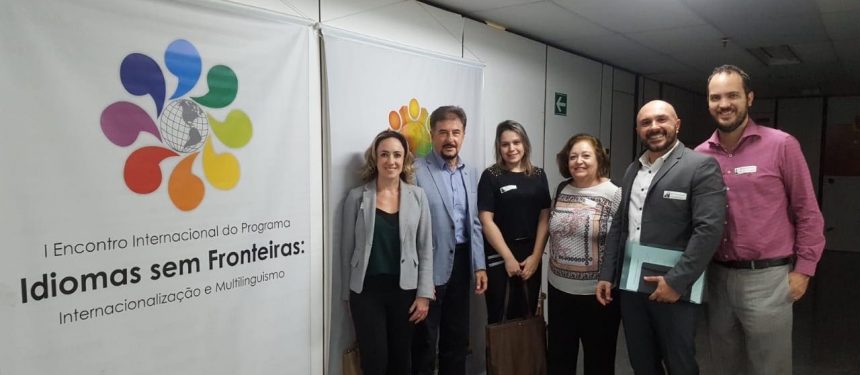Study in Brazil, the inbound department of BELTA, met with several government organisations to plan promotion of educational programs for foreign students.
News and business analysis for Professionals in International Education
Have some pie!
‘Study in Brazil’ looks for gov’t backing

The meeting took place in Brasilia and consisted plenty of government officials along with representatives from the educational association.
“Latin America is showing its potential… there is a need to develop strategies”
It aimed to leverage more opportunities to develop a market that stakeholders argued showcased a great growth potential in the country.
“Our goal now is to put effort together to develop Brazil as a study destination, making the visa process more uniform, as well as using the same promotional language as the government,” Antônio Bacelar Jr, coordinator of BELTA for North and Northeast, told The PIE.
Representatives included the Division of Educational Affairs from Ministry of Foreign Affairs, Coordination of International Affairs of Higher Education from the Ministry of Education, Coordination of Tourism Affairs from Brazilian Tourism Institute and Coordination of Immigration Affairs, part of the Ministry of Labour.
Mariglan Gabarra, executive director of BELTA, said that Brazil offers various educational programs to international students such as high school, Portuguese programs, higher education courses as well as internships and volunteering opportunities.
In order to study in Brazil, students will need to prove their proficiency in Portuguese through the Celpe-Bras test. As Portuguese is the sixth most spoken language in the world, Gabarra said she believes language tuition is a market that can grow in the country.
According to BELTA, US and Africa are the major sources of overseas students to Brazil.
“But Latin America is showing its potential, and there [is] need for both the government and SIB members to develop strategies on these markets,” Bacelar added.
Brazilian tertiary education offers two different pathways: tech Courses and undergraduate Courses. By taking an undergraduate course, students can choose between a bachelor’s degree and a ‘licenciatura’ degree, which allows students to teach after graduation.
Still looking? Find by category:



I would like to thank PIE Magazine for openning this space to BELTA and Study in Brazil !